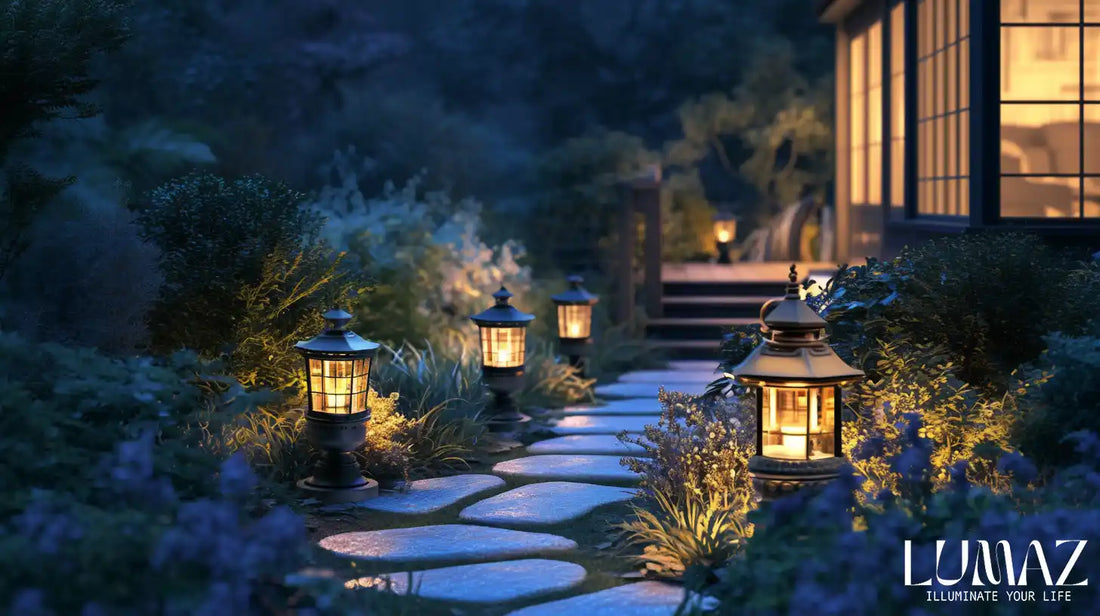
5 Essential Tips for Using Outdoor Lantern Lights
Share
Outdoor lantern lights can create a magical, inviting atmosphere for your outdoor spaces. Whether you're illuminating a garden path, porch, or backyard, the right lanterns can make a significant difference in both function and aesthetics. In this guide, we’ll go over five essential tips for using outdoor lantern lights effectively, helping you make informed decisions about materials, placement, power options, and maintenance.
Table of Contents
- What is the Best Material for Outdoor Lantern Lights?
- How Many Lumens Do I Need for Outdoor Lantern Lights?
- Where Should I Place My Outdoor Lantern Lights for Maximum Effect?
- How to Power Your Outdoor Lantern Lights: Solar vs. Electric
- How to Maintain and Clean Outdoor Lantern Lights
- FAQ
1. What is the Best Material for Outdoor Lantern Lights?

The material of your outdoor lantern lights is crucial in ensuring their longevity and performance. Outdoor lanterns are exposed to the elements, so you’ll want to choose materials that are durable, weather-resistant, and suitable for your specific environment.
Common Materials:
- Stainless Steel: Highly durable and resistant to rust, making it a great choice for harsh weather conditions. Stainless steel lanterns also offer a sleek, modern look.
- Copper: Known for its beauty and corrosion resistance, copper lanterns develop a unique patina over time, adding character to your outdoor decor.
- Aluminum: Lightweight and resistant to corrosion, aluminum is a popular option for outdoor lanterns, especially for more affordable choices.
- Glass: Many outdoor lanterns feature glass elements, whether for the light cover or as part of the design. Glass lanterns are visually striking but need extra care to avoid breakage.
Which Material to Choose? If you live in an area with extreme weather, such as heavy rain or snow, stainless steel or copper would be your best bet. For more temperate climates, aluminum and glass lanterns are stylish, functional, and affordable options.
2. How Many Lumens Do I Need for Outdoor Lantern Lights?
LED Solar Outdoor Hanging Light, Lantern Lamp For Garden Decoration
The brightness of your outdoor lantern lights is typically measured in lumens. Knowing how many lumens you need can help ensure your lights are bright enough to serve their purpose but not too overpowering.
General Lumen Guidelines:
- Ambient Lighting: If you're using outdoor lanterns for decorative or ambient lighting (e.g., hanging along a porch or garden path), 100-200 lumens per lantern is sufficient.
- Task Lighting: For lighting up specific tasks, such as cooking or reading outdoors, opt for lanterns with 200-500 lumens per unit.
- Security Lighting: If you're using lanterns as security lights, higher lumens (500-800 lumens) will be more effective in illuminating the area and deterring intruders.
Tip: Choose adjustable lanterns with dimming features if you want flexibility in controlling the light intensity depending on your needs.
| Purpose | Lumens Needed |
|---|---|
| Ambient Lighting | 100-200 lumens |
| Task Lighting | 200-500 lumens |
| Security Lighting | 500-800 lumens |
Further Reading:
3. Where Should I Place My Outdoor Lantern Lights for Maximum Effect?
Vintage Metal LED Outdoor Solar Lantern Light With Dragonfly Pattern
Placement is key to ensuring that your outdoor lanterns provide the desired effect. Here are some suggestions on where to place them to enhance the ambiance and functionality:
- Pathways & Walkways: Position your lanterns along garden paths or walkways to guide the way while providing a beautiful glow. A good rule of thumb is to space them around 6-8 feet apart for even illumination.
- Porches & Patios: Hang lanterns near seating areas to create a cozy and inviting atmosphere. Consider placing them near doorways or on columns for added charm.
- Garden & Landscape Features: Illuminate trees, flower beds, or water features by placing lanterns around them to highlight the natural beauty of your outdoor space.
- Driveways & Entrances: Lanterns at the edges of driveways or entrances can add elegance and increase visibility at night.
Pro Tip: Experiment with different heights and angles to create layers of light for a more dramatic and visually interesting effect.
4. How to Power Your Outdoor Lantern Lights: Solar vs. Electric
When it comes to powering your outdoor lantern lights, you have two main options: solar-powered or electric-powered lanterns. Each has its benefits and considerations.
-
Solar-Powered Lanterns: These lanterns use sunlight to charge a built-in battery, making them an eco-friendly and low-maintenance option. They’re best for locations with sufficient sunlight and are easy to install, requiring no wiring.
- Pros: Energy-efficient, no electrical wiring required, easy installation.
- Cons: Dependent on sunlight, less reliable in cloudy or winter months.
-
Electric-Powered Lanterns: These lanterns require wiring to a power source, but they can provide consistent, reliable light. They’re ideal for areas that need bright lighting or where solar options are impractical.
- Pros: Consistent power, brighter options, ideal for year-round use.
- Cons: Requires professional installation, higher energy costs.
| Power Option | Pros | Cons |
|---|---|---|
| Solar-Powered | Energy-efficient, low maintenance | Dependent on sunlight, less bright |
| Electric-Powered | Reliable, bright light | Needs wiring, higher installation costs |
5. How to Maintain and Clean Outdoor Lantern Lights
Regular maintenance is essential to keeping your outdoor lanterns in good working condition. Here’s how to care for them:
- Cleaning: Dust and debris can accumulate on your lanterns over time. Use a soft cloth and mild soap solution to wipe down the surfaces. For glass lanterns, consider using a glass cleaner for a streak-free finish.
- Check the Batteries: For solar-powered lanterns, check the batteries regularly and replace them when necessary to maintain optimal performance.
- Inspect Wiring: For electric-powered lanterns, inspect the wiring and connections for wear and tear, especially after severe weather conditions.
- Protective Coatings: If your lanterns are exposed to harsh weather, consider using a protective spray or sealant to prevent rust and corrosion.
Tip: If you live in a region with harsh winters, store your lanterns indoors or use weather-resistant covers to protect them during the off-season.
FAQ
What is the best material for outdoor lantern lights?
Stainless steel, copper, and aluminum are the best materials for outdoor lantern lights. Stainless steel is highly durable, copper ages beautifully, and aluminum offers affordability with resistance to corrosion.
How many lumens do I need for outdoor lantern lights?
The number of lumens depends on your needs. For ambient lighting, 100-200 lumens per lantern is sufficient. For task lighting, choose lanterns with 200-500 lumens, and for security lighting, opt for 500-800 lumens.
Where should I place my outdoor lantern lights?
Place lanterns along pathways, near seating areas on patios, or around garden features. Consider spacing them 6-8 feet apart for even lighting along paths.
How can I power outdoor lantern lights?
Outdoor lanterns can be powered by solar energy or electricity. Solar-powered lanterns are energy-efficient and easy to install, while electric-powered lanterns offer reliable and brighter lighting.
How do I maintain and clean outdoor lantern lights?
Clean lanterns with a soft cloth and mild soap, inspect and replace solar batteries, check electrical connections, and protect your lanterns with coatings if necessary.
Related Articles:




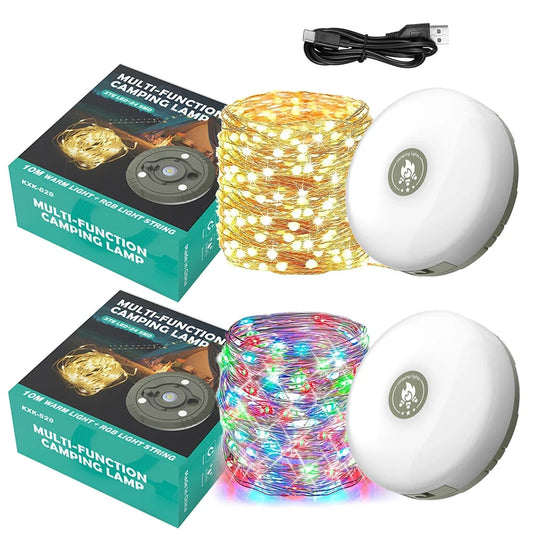

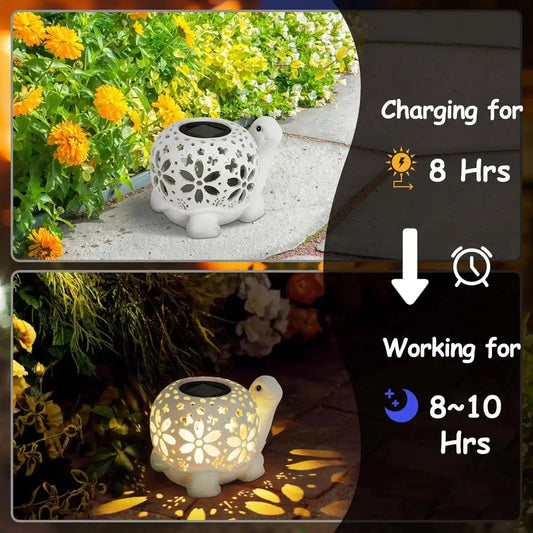

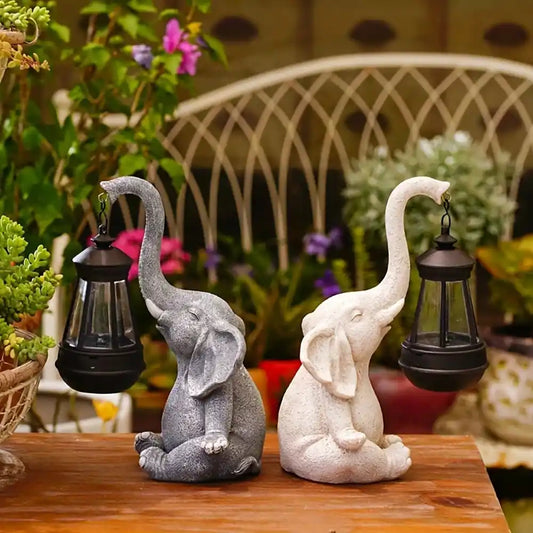

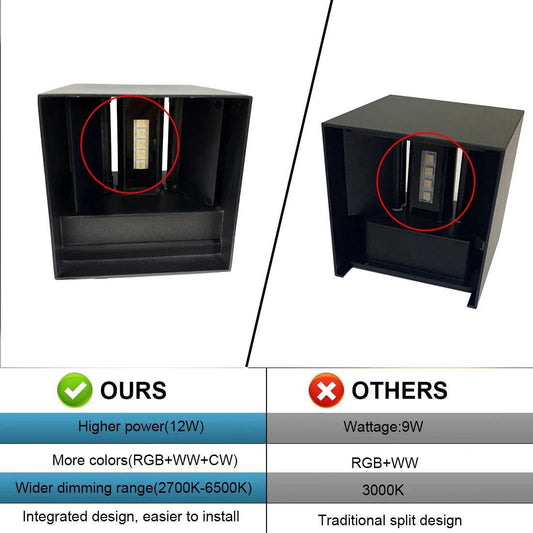

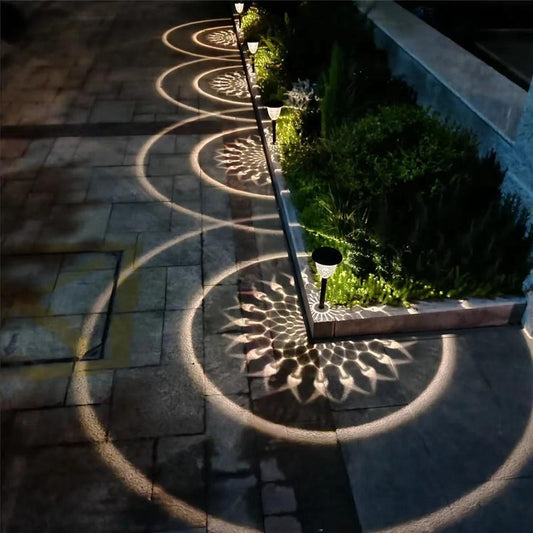

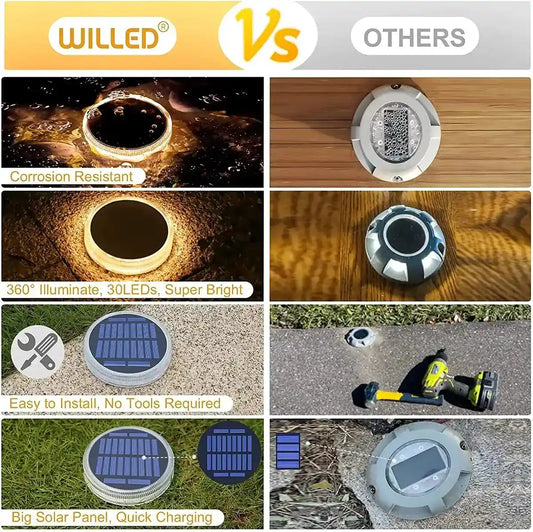



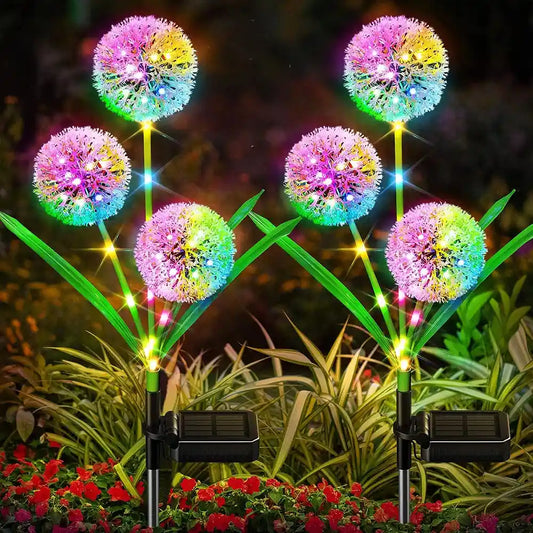

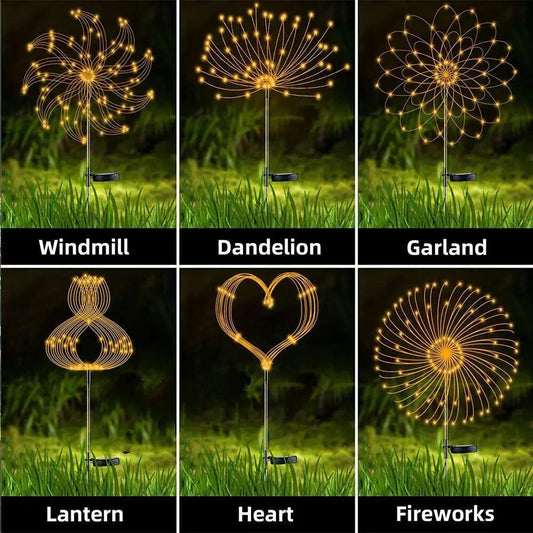





 />
/>
 />
/>
 />
/>
 />
/>
 />
/>
 />
/>